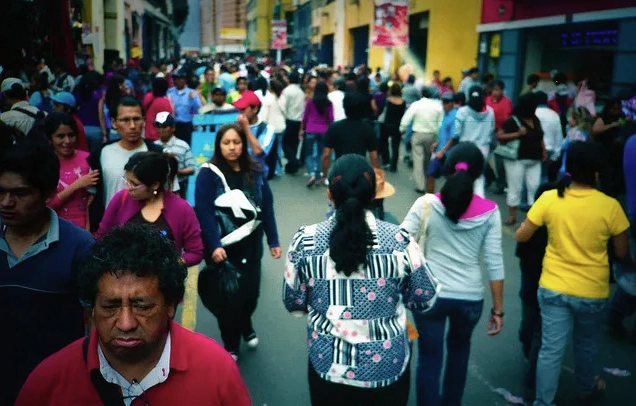Electoral polls, essential to understand political dynamics, are at a crossroads in the digital era. The discrepancy between poll predictions and actual election results has sparked a profound debate about their effectiveness and relevance in contemporary society. This has led to questions about their usefulness, and to claims that they are simply tools of manipulation and vehicles of disinformation.
Throughout history, electoral polls have been crucial to anticipate political trends and understand the preferences of the electorate. From their emergence in the last century, surveys have evolved to adapt to the social and technological changes of their time. They started with the theoretical and conceptual bases that today are familiar to us such as representativeness, biases, sampling frames, or questionnaires were established, until their expansion during the telecommunications era between 1960 and 1990, driven by the penetration of the landline telephone in the middle and lower classes.
The crisis of methodology
However, the advent of the internet and the proliferation of mobile devices have radically transformed the landscape of election polling. These circumstances have generated a crisis for one of the most traditional methodologies for conducting surveys: random sampling by digital dialing. This relies on telephone directories as a sampling frame and allows a significant group of residents in a given jurisdiction to have an equal chance of being selected to participate in a survey.
The decline in participation in telephone surveys and face-to-face interviews has posed significant challenges for surveyors, who face the difficult task of achieving representative samples in an ever-evolving digital environment. The expansion of mobile telephony and the preference among young people to communicate through messaging on internet platforms has led to a decline in participation rates in just a few years. According to the Pew Research Center, between 1997 and 2018, the participation rate in its telephone surveys went from 36 percent to 6 percent.
Therefore, it is more complicated to conduct telephone surveys today, as target populations are increasingly elusive. On the other hand, going back to face-to-face surveys is not always the best option as they introduce social desirability biases, are very costl, and may even be materially impossible to conduct. Today, there are many areas in Latin America where collecting data and conducting surveys is a high-risk task due to the presence of criminal groups.
The Internet as a medium for surveys
Online surveys have emerged as a promising alternative, offering the possibility of reaching millions of users who are connected every day. On the other hand, it has significantly reduced costs, to the point that today anyone can conduct a survey using Google. It has also opened up the possibility of collecting data on a massive scale and in real-time. However, this transition to the digital world is not without its challenges. For starters, let us say that Internet surveys only consider the Internet-using population. This population is often small in poor countries due to low internet penetration or bias toward young males who naturally spend more time online. This raises questions about the validity and reliability of data collected online.
To address this problem, many online pollsters have created their own panel sampling frames by inviting or recruiting Internet users. Similar to a jigsaw puzzle that forms a picture, the panels attempt to reproduce society in all its diversity in miniature. However, these panels also face criticism for being unrepresentative and biased in terms of whom they include and exclude from their databases, raising questions about their usefulness as a tool for accurately measuring public opinion.
This phenomenon is especially evident in Latin America, where data indicate that polling companies using panels tend to be biased toward middle and high-income and educated sectors of the population. In addition, it is reported that these companies face great difficulties in recruiting and obtaining the participation of individuals from lower socioeconomic sectors. As a consequence, surveys based on these panels tend to represent only the opinions of people with a higher level of education and a greater propensity to participate in political issues than the average population.
As we can see, achieving an acceptable level of representativeness in an online survey is a very complicated job. Now, one of the current concerns with polls is that we have had a very bad run with them. It is worth clarifying that polls can be wrong. And as an afterthought, it is easy to find explanations: hidden vote, biased or insufficient sample, wrong or abusive interpretation by the media or political actors, among others. Being wrong is not, however, indicative of manipulation.
What is important to know is that the choice of methodology has a determining impact on the results. For example, a telephone survey will give more weight to the elderly sector and underestimate the youth vote, while an online survey will do the opposite. A face-to-face survey will necessarily introduce a social desirability bias. There is no perfect methodology, but it is necessary to know the method in detail when interpreting the results.
In short, while election polls face significant challenges in the digital age, they also have the opportunity to adapt and thrive in this new environment. By using emerging technologies ethically and transparently, pollsters can continue to play a crucial role in understanding public opinion and predicting political outcomes.
*Translated by Janaína Ruviaro da Silva from the original in Spanish.













